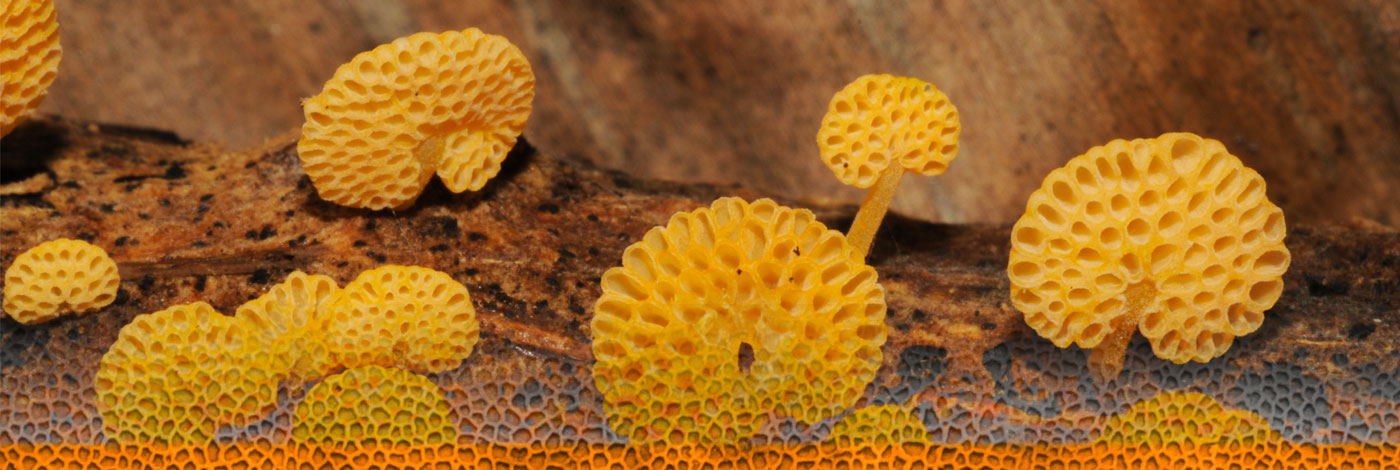

 Cryptogamie, Mycologie
30 (1) - Pages 85-97
Cryptogamie, Mycologie
30 (1) - Pages 85-97The influence of exposure on the trunk, the height above ground, the bryophytes cover and the location in the forest affects the epiphytic lichen diversity in the Natural Reserve of the Hayedo de Montejo, a relic beech forest in the Mediterranean Region located in the central part of the Iberian Peninsula. A total of 76 species collected throughout 32 relevés was analyzed by multivariant statistical techniques (Cluster analysis, PCA-GLMs, CCA). The humidity provided by the N-exposures and trunk bases allows the presence of many threatened lichens of the Nephrometum resupinati community. Also, the areas with N-exposure and close to water courses help the development of this community and higher lichen diversity. There are big microclimatic differences between the exposures in the epiphytic habitats and the different location into the forest, which is reflected in the composition and cover of the epiphytic lichen species. The detection of the microclimatic differences in the forests of the Mediterranean Region is important in the conservation of the threatened lichens and in its applications as bioindicators.